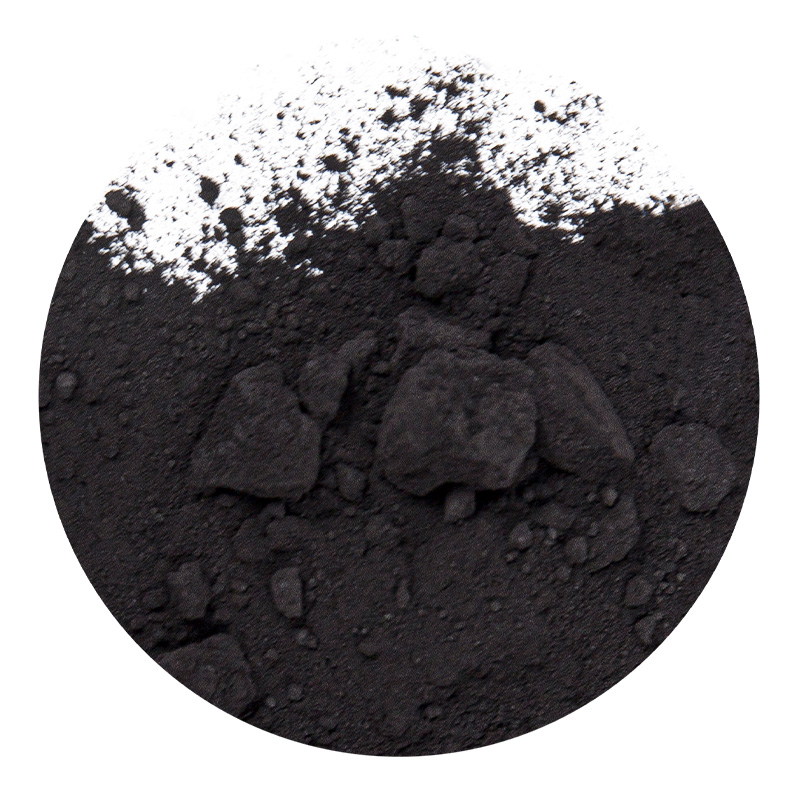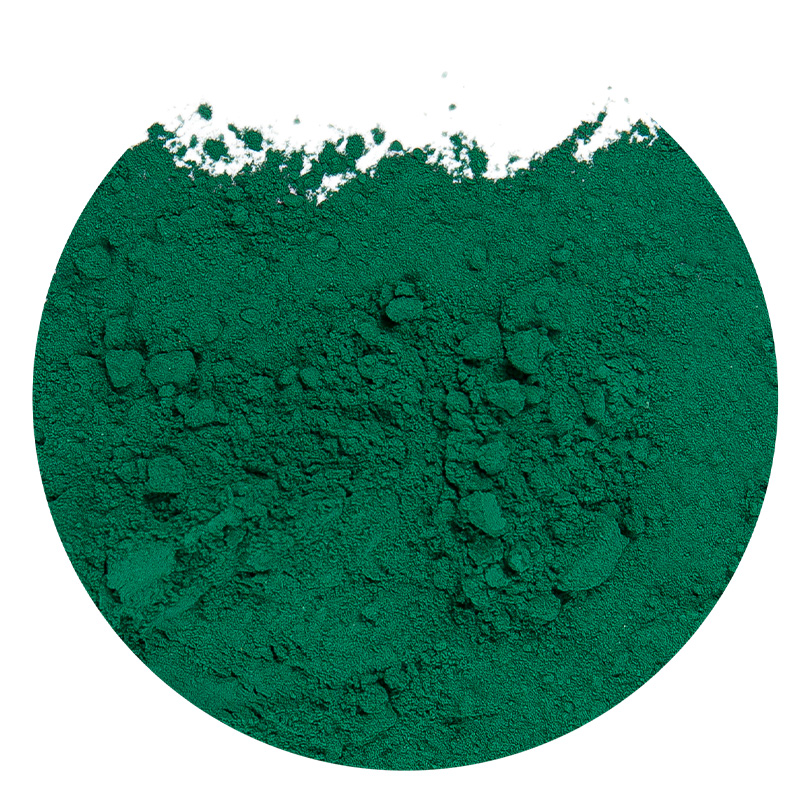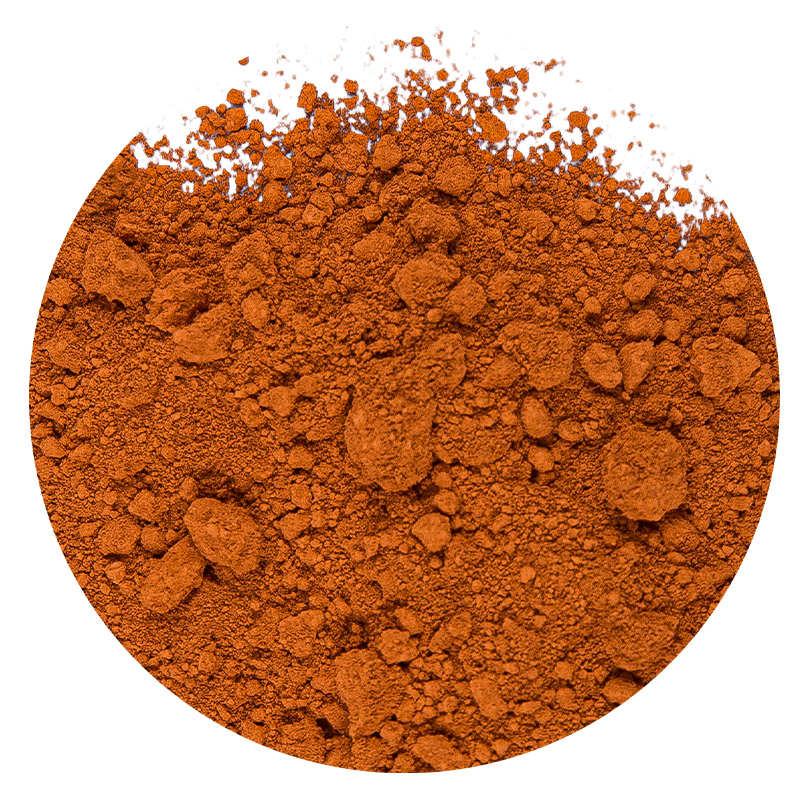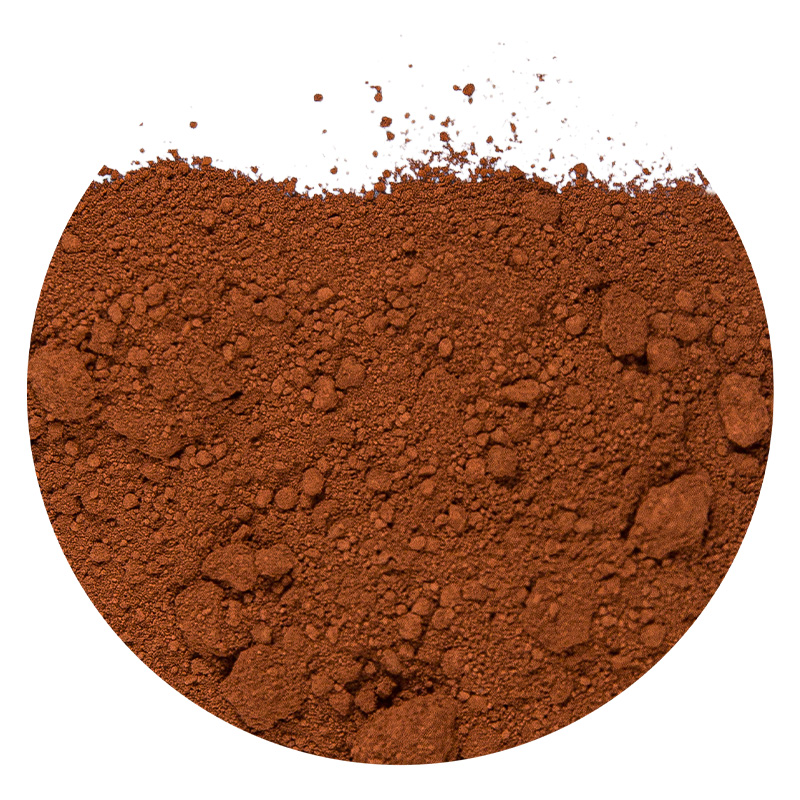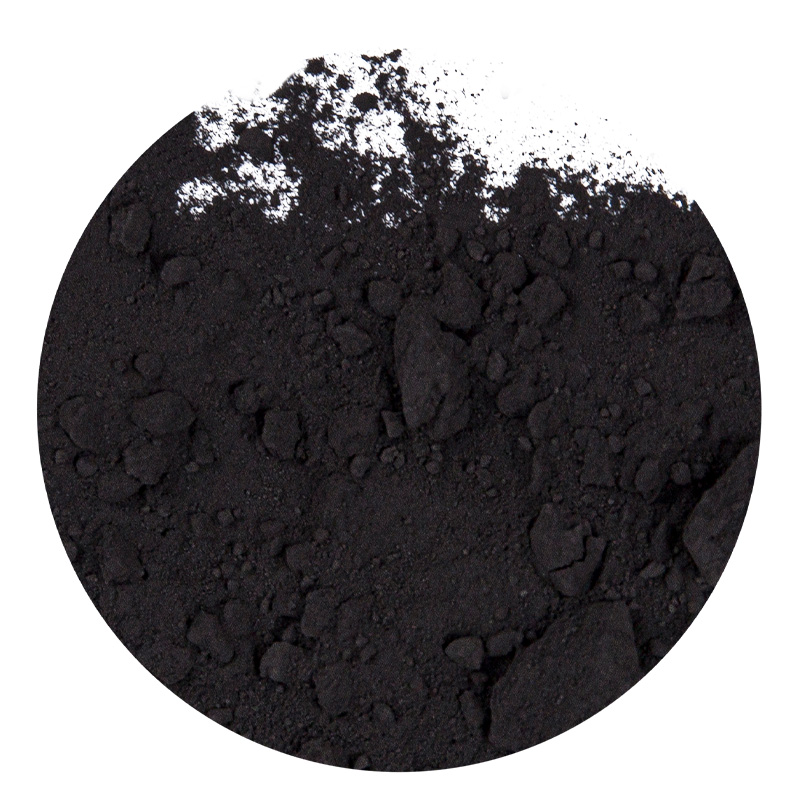Understanding Iron Oxide Powder Black: Applications, Advantages & Selection Guide
- 1 What is Iron Oxide Powder Black?
- 2 Key Applications of Iron Oxide Powder Black
- 2.1 Use in construction materials (relates to long‑tail "iron oxide powder black for concrete colouring" and "construction grade black iron oxide powder for exterior walls")
- 2.2 Use in coatings and pigments (long‑tail "inorganic black iron oxide powder pigment for coatings")
- 2.3 Use in high‑performance pigment markets (related to "high stability black iron oxide pigment powder" and "micronized black iron oxide powder pigment low heavy metal")
- 3 Advantages of Using Iron Oxide Powder Black
- 4 How to Select and Specify the Right Iron Oxide Powder Black
- 5 Troubleshooting and Best Practices
- 6 About Our Company – Deqing Demi Pigment Technology Co., Ltd.
- 7 Frequently Asked Questions (FAQs)
- 8 Conclusion
In the modern industrial and construction sectors, the choice of pigments plays a critical role in achieving reliable performance, durability and aesthetic appeal. Among them, Iron Oxide Powder Black has emerged as a highly sought‑after inorganic pigment due to its strong tinting power, excellent stability and versatile applicability. Whether in concrete colouring, architectural coatings or high‑performance plastics, the right selection and use of this pigment can make a significant difference in product longevity, visual consistency and compliance. In this article, we will explore how to effectively utilise and specify Iron Oxide Powder Black, including installation of selection criteria, comparison with alternatives and tips for practical usage. We also integrate insights from our company, Deqing Demi Pigment Technology Co., Ltd., which specialises in research, development and production of inorganic iron oxide pigments with standard, micronized and low‑heavy‑metal series. Our goal is to provide you with deep, structured and actionable information relevant for technical buyers, formulation engineers and procurement specialists.
What is Iron Oxide Powder Black?
Definition and chemical composition
The term "Iron Oxide Powder Black" refers to the fine powdered iron‑oxide pigment often classified as Pigment Black 11 (PBk11) or magnetite (Fe₃O₄). It is synthesised or calcined under controlled conditions to achieve stable black‑colour performance, high opacity and uniform particle size distribution.
How it differs from other iron oxides (red, yellow)
Unlike iron oxide red and iron oxide yellow pigments, which are primarily Fe₂O₃ or FeO(OH) based, the black variant combines ferrous and ferric phases (Fe²⁺ and Fe³⁺) yielding the magnetite structure. It therefore offers distinct colour, magnetic and structural characteristics.
Key performance characteristics
- Strong tinting strength and hiding power
- Excellent chemical resistance (acid/alkali)
- High heat stability (for pigments in coatings/plastics)
- Good dispersibility when micronised
- Low flocculation risk, high durability
Key Applications of Iron Oxide Powder Black
Use in construction materials (relates to long‑tail "iron oxide powder black for concrete colouring" and "construction grade black iron oxide powder for exterior walls")
In architectural concretes, floor tiles, pavers, exposed aggregate or façade finishes, Iron Oxide Powder Black is often used to impart dark grey to black hues, while maintaining compatibility with cementitious matrices. For example, its high stability and strong colouring mean it can be added directly to concrete mixes in dry form.
Use in coatings and pigments (long‑tail "inorganic black iron oxide powder pigment for coatings")
For industrial coatings (architectural paints, metal finishes, plastics), the black iron oxide pigment offers excellent durability, weathering resistance and low cost compared to carbon black alternatives.
Where micronised particle sizes and low heavy metal content are key (for specialty plastics, inks or high‑end applications), selecting a black iron oxide pigment that meets those specifications is vital. This aligns with our company's offering of standard, micronized and low‑heavy‑metal series.
Table: Application vs Performance Requirements
| Application | Key Performance Requirement |
| Concrete colouring | Heat stability in wet mix, tint strength, cement compatibility |
| Architectural coatings | Weathering resistance, low VOC, dispersibility, colour stability |
| High‑end plastics/inks | Micronised particle size, low heavy metal content, uniform dispersion |
Advantages of Using Iron Oxide Powder Black
High chemical and heat resistance
As an inorganic pigment with a stable iron‑oxide structure, the pigment resists degradation in acid/alkali, retains colour under elevated temperature and withstands outdoor exposure.
Excellent colour stability and tint strength
The strong opacity and hiding power of black iron oxide help maintain a rich black or dark tone even in challenging formulations.
Low heavy‑metal content and environmental compliance
For modern regulations and environmentally conscious formulations, choosing a low‑heavy‑metal version of black iron oxide helps ensure regulatory compliance and safer handling.
Table: Black Iron Oxide vs Alternative Pigments
| Parameter | Black Iron Oxide | Alternative Carbon Black / Organic Black |
| Tinting strength | High | Very High (but may need special dispersion) |
| Weathering resistance | Excellent | Good but may fade or chalk |
| Heavy‑metal content | Selectable (low heavy metal series) | Depends on source |
| Cost / processing | Moderate and consistent | Often higher or more complex dispersion required |
How to Select and Specify the Right Iron Oxide Powder Black
Specification checklist
- Particle size (micronised vs standard)
- Heavy‑metal content (e.g., Pb, Cd limits)
- Heat stability and chemical resistance data
- Colour shade and undertone consistency
- Compatibility with binder or substrate (cement, resin, plastic)
Comparing standard series vs micronized vs low heavy metal levels
Based on our product lines at Deqing Demi, the standard series offers cost‑effective performance; the micronized series is optimised for fine plastics/inks with smaller particle size; and the low heavy metal series is designed for high‑safety or regulated markets.
Practical guidance for integrating into formulations
- Concrete colouring: Add pigment into dry mix before water, ensure uniform mixing and avoid segregation.
- Architectural coatings: Pre‑disperse pigment in binder or mill with dispersant, verify no flocculation.
- Industrial plastics/inks: Use micronised grade, ensure masterbatch compatibility, check heavy metal compliance.
Table: Selection criteria and typical values
| Criterion | Typical Value (standard series) | Notes |
| Particle size | ~0.5‑2 µm D50 | Micronised series may be <0.3 µm |
| Heavy‑metal content (Pb + Cd etc) | <0.1 % or lower | Low heavy metal series may achieve <0.05 % |
| Heat stability | Up to ~180‑200 °C | Some special grades >300 °C |
Troubleshooting and Best Practices
Common issues (dispersion, flocculation, colour shift)
Even with a high‑quality pigment, formulators may encounter problems such as pigment agglomeration (flocculation), uneven colour distribution, or unexpected undertone shifts after curing or exposure.
Best practice mixing and dosing guidelines for each major application area
- For concrete: pre‑dry mix pigment with aggregate to ensure even distribution.
- For coatings: mill pigment with binder to form paste, avoid adding dry pigment at end to avoid clumps.
- For plastics/inks: ensure masterbatch incorporation under specified shear, test heavy‑metal compliance early.
Table: Problem vs Cause vs Corrective Action
| Problem | Likely Cause | Corrective Action |
| Poor colour strength | Low pigment loading or poor dispersion | Increase loading or improve milling/dispersant |
| Flocculation in coating | Pigment agglomerates due to inadequate milling or incompatibility | Use micronised grade, increase shear milling, check compatibility |
| Colour undertone shift after curing | Insufficient pigment stability or substrate impact | Use high‑stability grade, test substrate interactions |
About Our Company – Deqing Demi Pigment Technology Co., Ltd.
Company profile and pigment series
Deqing Demi Pigment Technology Co., Ltd. focuses on research, development and production of inorganic iron oxide pigments. Our pigments cover iron oxide red, yellow, black, brown, green, orange, blue, etc. We produce high‑performance and high‑stability composite iron oxide pigments with three series: standard, micronized, and low heavy metal content levels.
Commitment to environment, safety and trade support
We not only contribute to production and operation, but also faithfully fulfil our social responsibilities: protecting the ecological environment, strengthening safe production, and caring for the health of employees. Our trade company Deqing Hele New Material Technology Co Ltd. supports international business and logistics.
Why choose our black iron oxide pigment?
With our dedicated focus on iron oxide pigment innovation, we can offer tailored solutions for customers in construction materials, coatings, plastics, inks and other demanding fields. Whether you require high‑stability black pigment, micronised particle size or low heavy metal composition, our product series deliver robust performance and reliable supply.

Frequently Asked Questions (FAQs)
- Q1: What is the difference between standard and micronised black iron oxide powder?
- Q2: How much black iron oxide pigment should I add for concrete colouring?
- Q3: Can black iron oxide powder withstand high heat in coatings?
- Q4: Why is low heavy‑metal content important in the black iron oxide pigment?
- Q5: How do I avoid flocculation when using black iron oxide powder in a coating system?
Conclusion
In summary, Iron Oxide Powder Black is a highly versatile and high‑performance inorganic pigment that addresses a wide range of industrial, construction and specialty applications. By aligning the right pigment grade (standard, micronised or low heavy metal) with your formulation requirements, you ensure optimal colour performance, durability and regulatory compliance. With the support of Deqing Demi Pigment Technology Co., Ltd., you can access tailored solutions and expert guidance for selecting and integrating high‑quality black iron oxide pigments. We encourage you to evaluate your specific needs, confirm the key specification parameters, and partner with a provider that delivers performance and reliability.

 English
English عربى
عربى русский
русский Español
Español